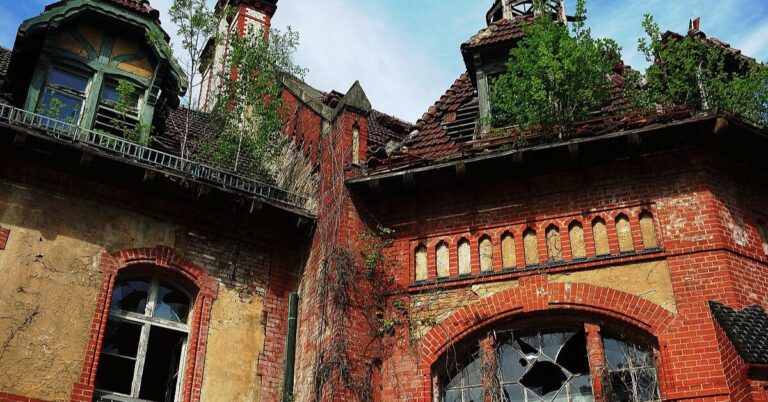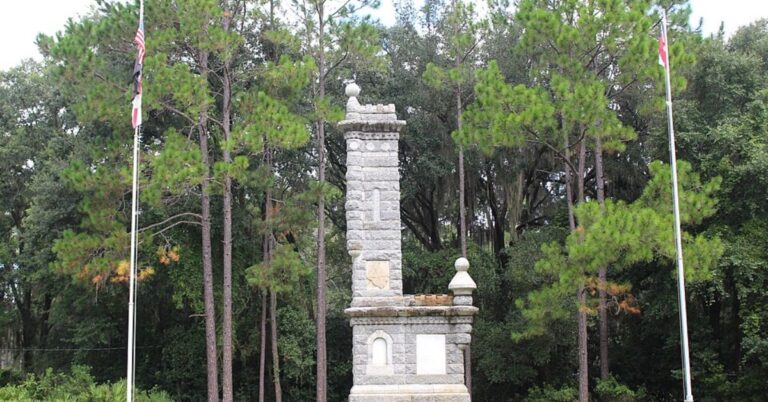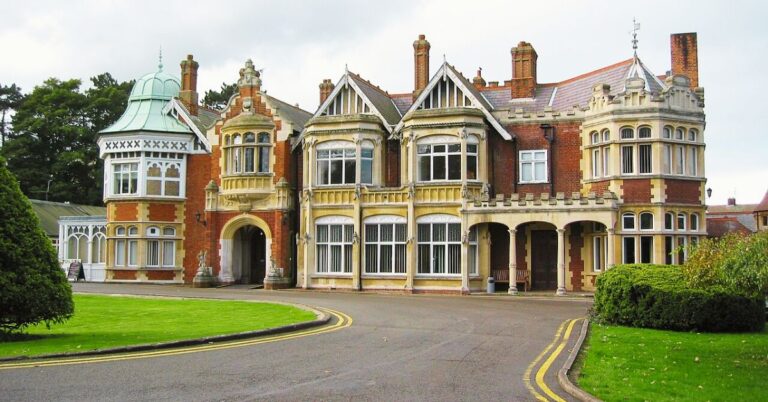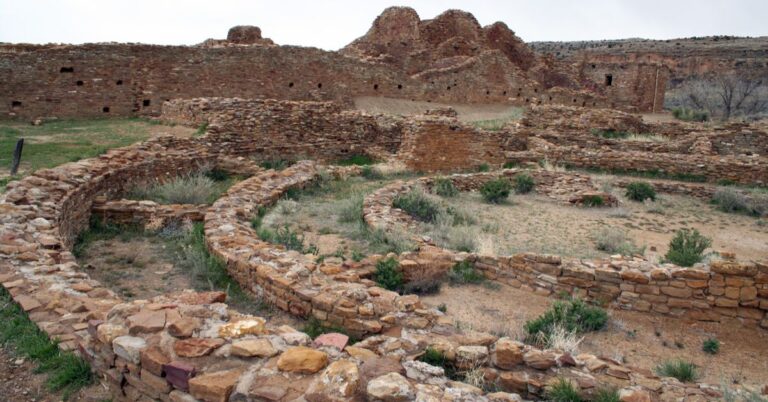15 Places Where Britain’s Silk Road History Comes To Life
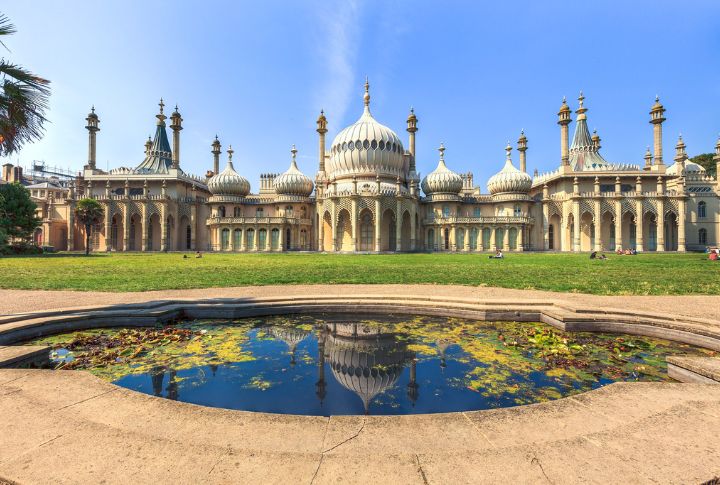
The influence of the Silk Roads can still be found in unexpected corners of Britain, in historic trading hubs and preserved artifacts. What started as trade evolved into a cultural shift, impacting fashion, industry, and more. These locations provide a window into a past shaped by global exchange.
Victoria And Albert Museum, London
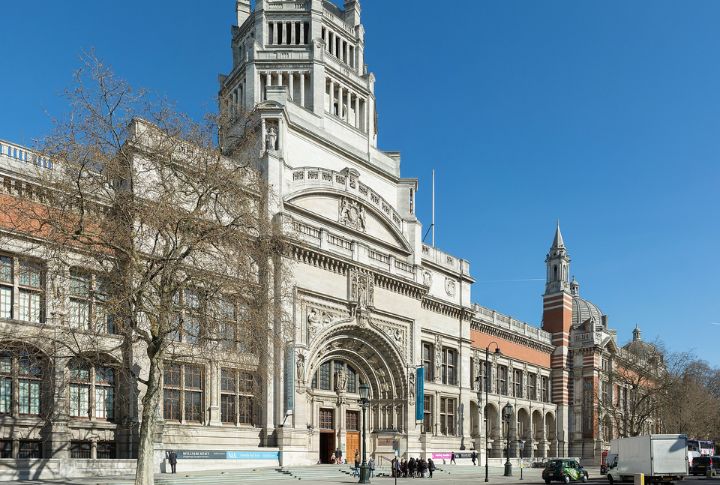
Curators trace a forgotten silk embroidery from 17th-century Mughal India, its gold threads tarnished but its artistry intact. Hidden within its patterns lies a tale of trade and craftsmanship. British industries adapted these designs, blending Eastern aesthetics into their own textiles and interiors.
The British Museum, London
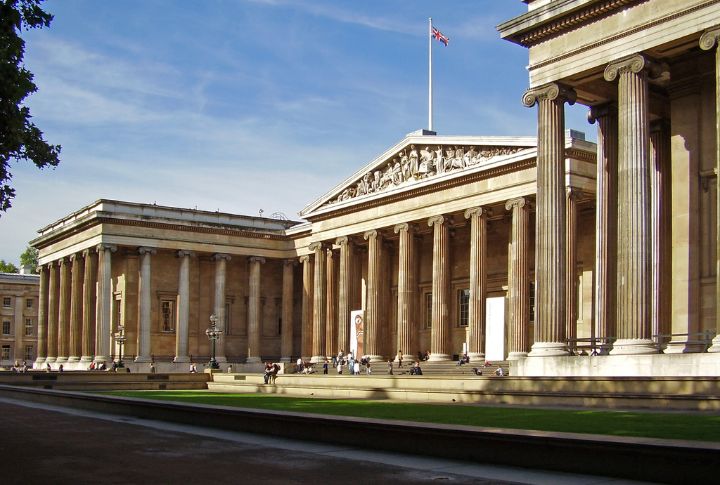
Delicate silks from China, intricate Persian textiles, and ancient trade maps whisper of a time when caravans crossed deserts to bring luxury to Britain. Each artifact here reveals a journey—silk once draped emperors, now preserved behind glass, telling several stories of trade and exchange.
The Ashmolean Museum, Oxford
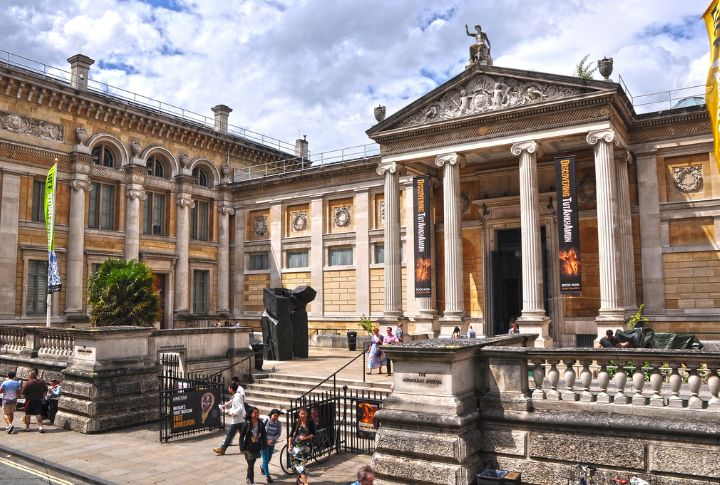
Step inside, and history whispers its secrets. A forgotten manuscript emerges, its pages detailing an English merchant’s first encounter with something so exquisite it reshaped his world. Scholars study the text, tracing routes that carried not just silk but ideas, ambitions, and power.
Fitzwilliam Museum, Cambridge
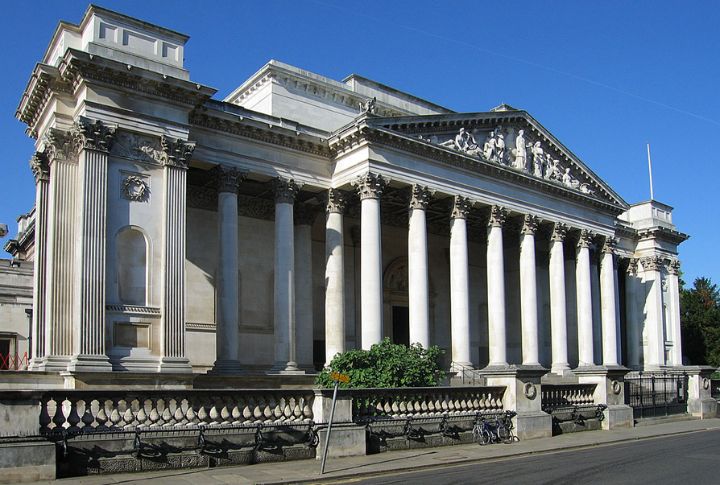
Silken robes from Japan share space with English brocades, showcasing both distinct craftsmanship and shared traditions. These artifacts reveal how Cambridge’s merchants once engaged with distant silk markets. Over the years, British weaving absorbed Eastern influences.
Spitalfields Market, London

In the past, bustling with Huguenot silk weavers, this market saw its golden age fade as industrial looms replaced artisans. Today, echoes of its past remain in fabric stalls and designer studios, where remnants of handcrafted silk inspire a new generation of textile artists to keep the tradition alive through modern innovation.
The Royal Exchange, London
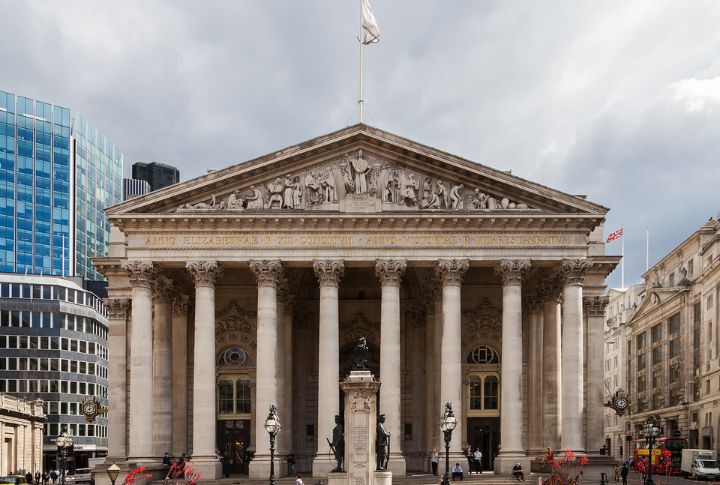
The Royal Exchange in London was once a bustling center of trade, where merchants from around the world exchanged goods like silk. In the 18th century, a silk merchant might have sealed a deal for Persian fabrics as ships unloaded exotic products. Over time, the Royal Exchange became a key financial hub.
Castle Museum & Art Gallery, Norwich

Threads of exile and artistry wove Norwich’s destiny as Huguenot weavers spun luminous brocades, the essence of which is stored in this museum. Each shimmering fabric whispered tales of resilience, turning the city into a living masterpiece of silk. This place speaks of a time when the silk trade was draped in elegance and craftsmanship.
Macclesfield Silk Mills, Macclesfield
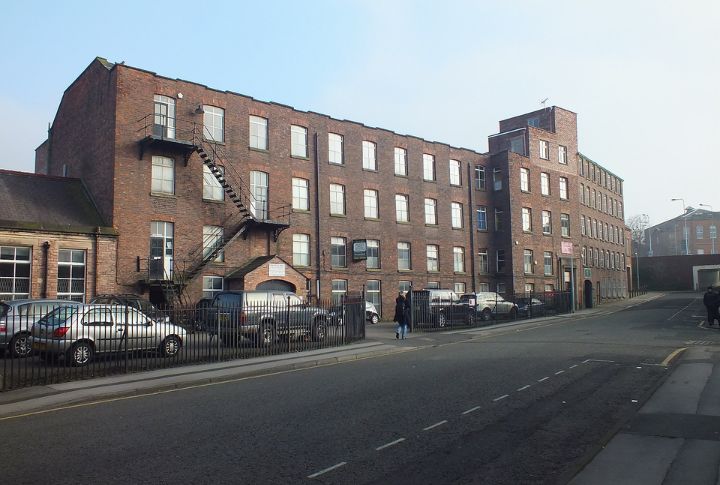
Today, Macclesfield’s silk heritage lives on through museum exhibits and preserved machinery. In the 18th century, local artisans, struggling against foreign imports, developed an innovative weaving technique that boosted efficiency and quality and secured Macclesfield’s status as a silk powerhouse.
Manchester Art Gallery, Manchester
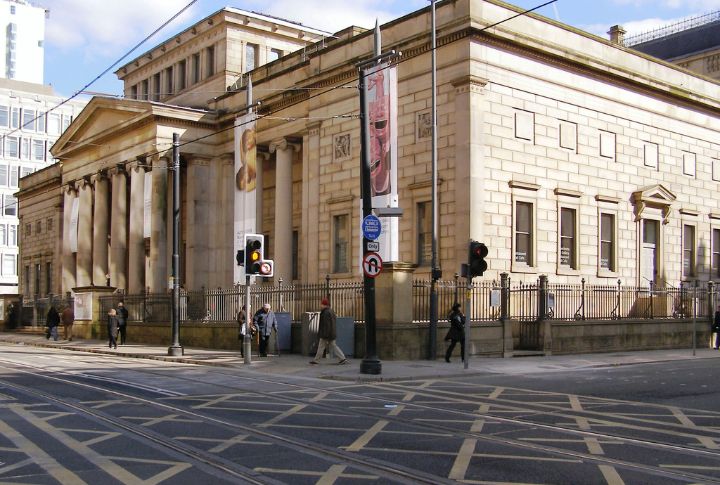
A painter captures the shimmer of silk in a pre-Raphaelite masterpiece, showcasing how Eastern fabrics fascinated British artists. These textiles sparked artistic fusion, blending Asian motifs with Western styles. Manchester’s galleries preserve these influences, displaying the cultural dialogue between continents.
Leeds Discovery Centre, Leeds
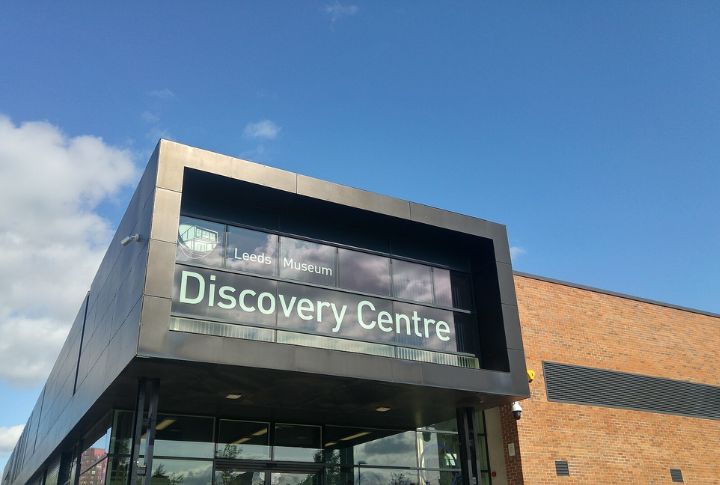
What did Britain gain from the Silk Road? Leeds Discovery Centre answers this with rare Chinese silks, trade textiles, ceramics, and historic artifacts. Its curated collections let visitors trace how centuries of trade shaped British design with artistic craftsmanship.
The Horniman Museum And Gardens, London
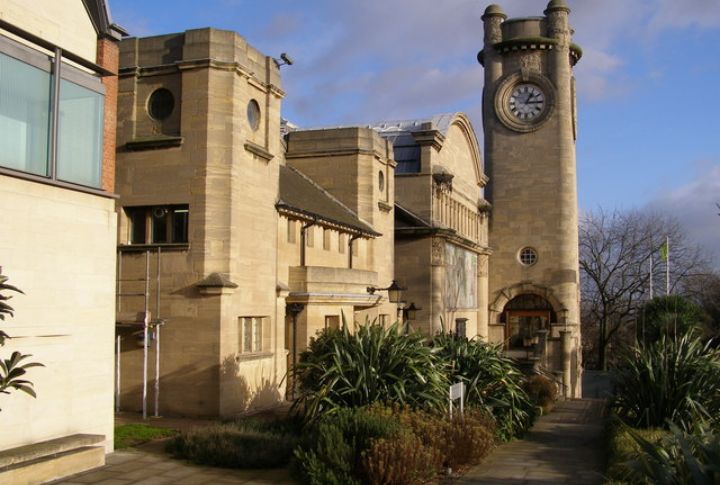
The Horniman Museum showcases the rich connections between Britain and the world. Among its exhibits, silk garments from Central Asia reflect the vibrant trade routes that once linked distant cultures. Collected by Victorian explorers, these pieces continue to inspire curiosity.
Chinatown, London
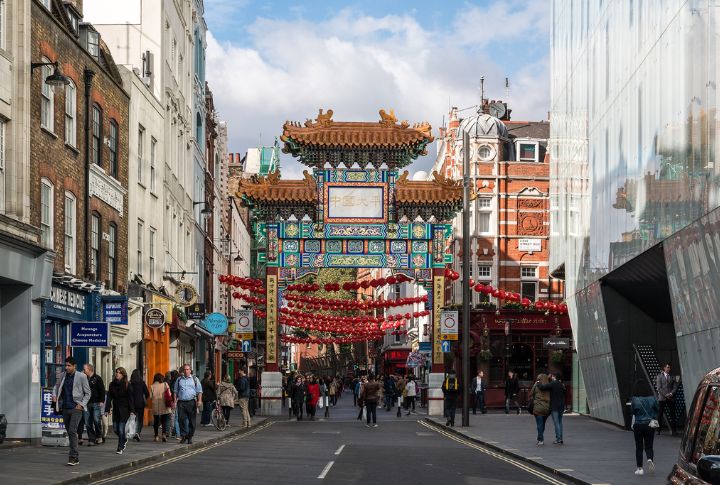
Migrants carried silk traditions to London and opened shops filled with embroidered cheongsams and delicate scarves. Chinatown thrived, infusing its markets with authentic Eastern designs. Today, its streets pulse with vibrant energy as a sign of the enduring influence of Chinese culture in Britain.
Royal Pavilion, Brighton
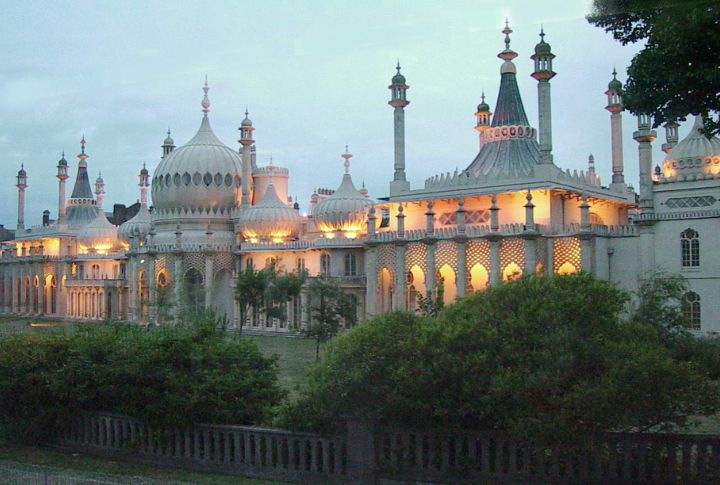
An architectural marvel, this palace borrowed from India’s Mughal grandeur. Silk-draped rooms reflect Britain’s fascination with the exotic. Over time, it became a symbol of cultural borrowing, where British adaptation transformed imported aesthetics into something uniquely its own.
Somerset House, London
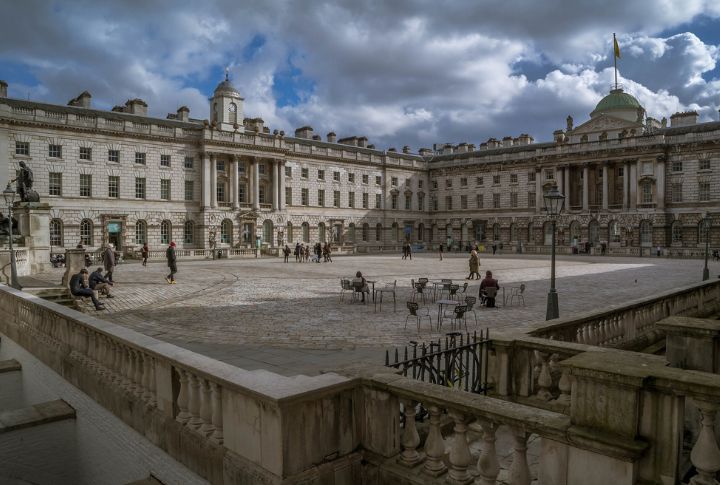
Grand columns frame a courtyard that used to be filled with silk traders brokering deals. This neoclassical landmark represented Britain’s economic strength, as imported textiles shaped fashion and industry. You can experience the grandeur of the structure’s towering columns and classical design.
Ludlow Museum, Ludlow

In the heart of Ludlow, where medieval streets whisper history, silk looms once sang a rhythmic melody. Master weavers transformed delicate threads into opulent fabrics sought after by nobles. Small workshops flourished and produced exquisite silks for elite patrons. Though time dimmed its prominence, Ludlow’s silk heritage remains woven into its character.

